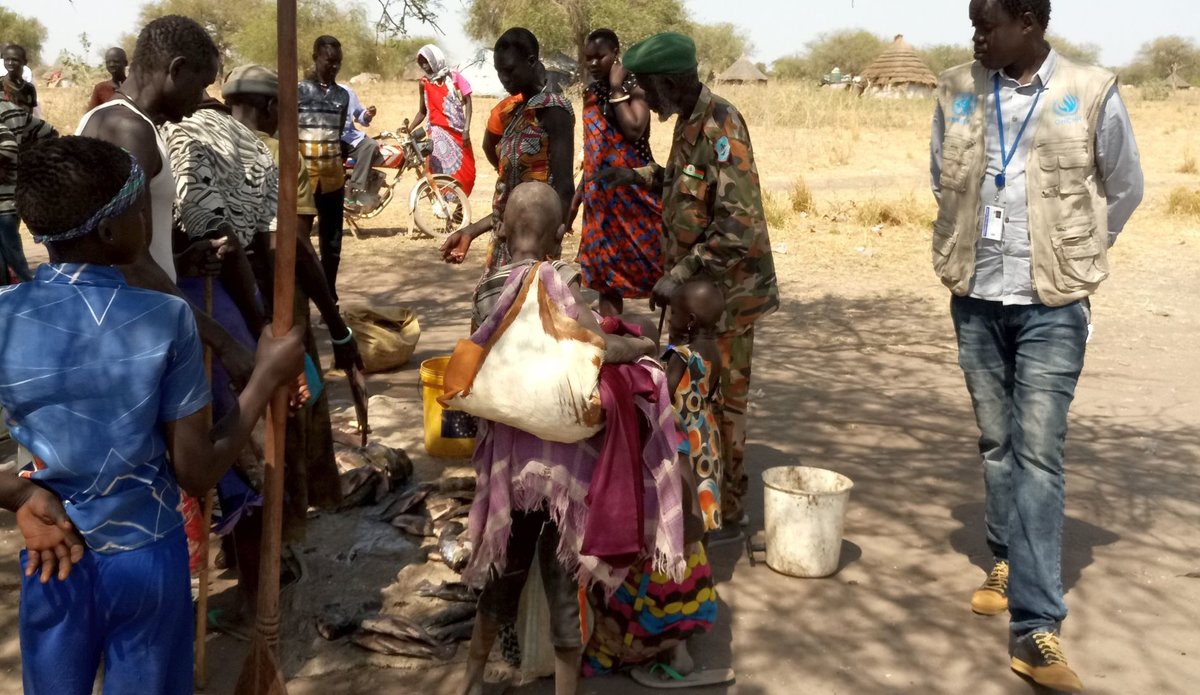Displaced persons in Mingkaman call for increased humanitarian assistance
People seeking shelter at protection sites in Mingkaman in the Greater Lakes region decry what they call “funding gaps” and call on the international community to alleviate the humanitarian crisis situation they are going through.
Many humanitarian actors have left the area due to a lack of funds. Decreased resources mean that those in need are now living on reduced rations as the few remaining relief organizations struggle to deliver adequate social services to the densely populated protection sites.
Mingkaman is currently hosting 114,000 internally displaced persons who have been biometrically registered and hence receive assistance. Another 31,000 people are estimated to have arrived after the biometrical registration, many of them saying that they have returned to South Sudan from refugee camps in Uganda and Kenya, in the wake of the signing of a Cessation of Hostilities agreement in December last year.
Aman Abolic Nyok, a displaced mother of four, appealed to the international community to refocus and redirect their support to the internally displaced staying in Mingkaman.
“I with my four children are living in a very poor shelter covered with torn plastic sheet. It is better now because there are no rains. I am calling on the UN to save us from this crisis. We have nowhere to go”, Ms. Abolic stated.
Mr. John Parach, Relief and Rehabilitation Coordinator for Awerial South, acknowledged all the challenges faced by the people in Mingkaman.
“The international community, non-governmental organizations and other partners should bear in mind that Mingkaman still holds large number of internally displaced people. They need to come back to extend their support to reduce the suffering people are living through”, Parach said.
The United Nations Mission in South Sudan recently led a three-day integrated mission to Mingkaman to assess the humanitarian situation on the ground.
 UN
UN United Nations Peacekeeping
United Nations Peacekeeping





